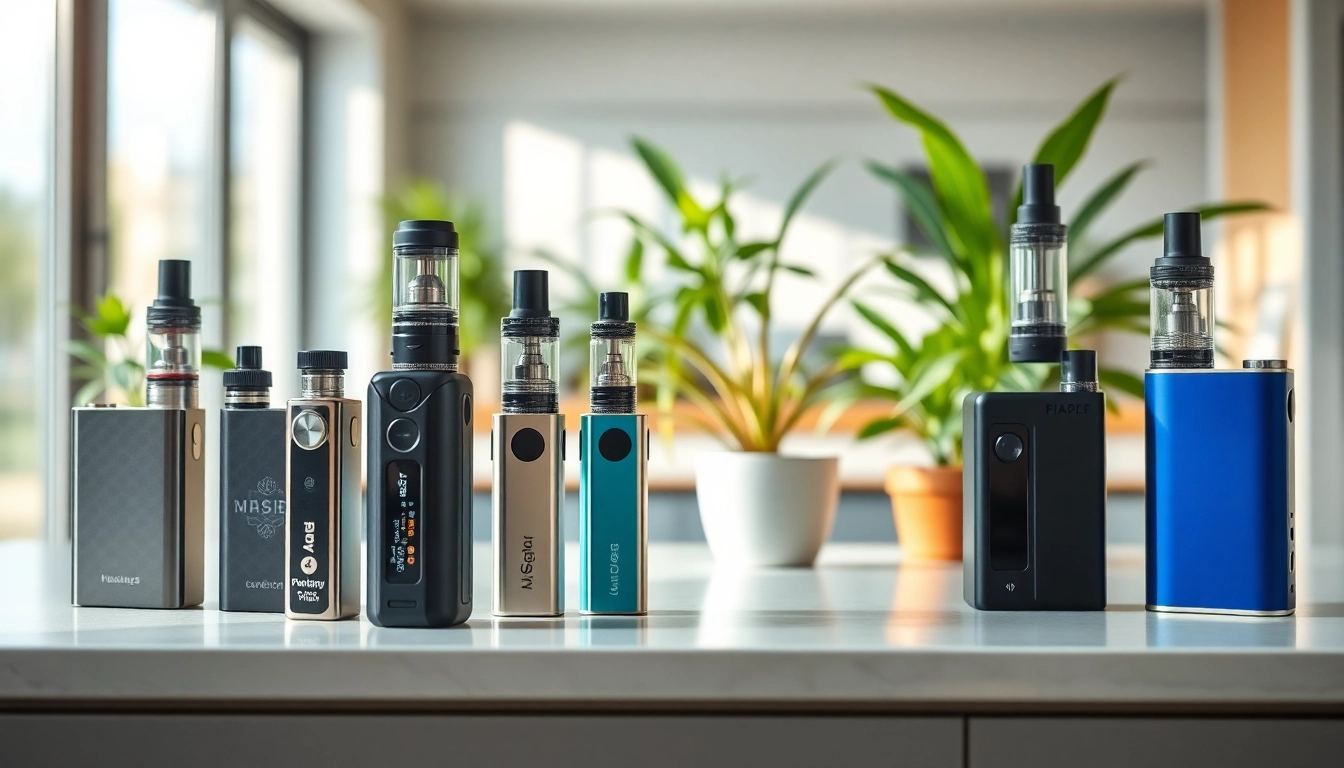
1. Understanding Cooler Quality: What is the Best Cooler Compared to Yeti?
When it comes to outdoor adventures, having the right cooler can make or break your experience. From maintaining the temperature of your drinks to storing food safely, coolers are essential gear. While Yeti is synonymous with high-quality, durable coolers, you might be asking yourself, what is the best cooler compared to Yeti? In this section, we will explore the qualities that define a top-tier cooler and how Yeti stacks up against the competition.
1.1 Defining Cooler Quality and Performance
Cooler quality can be judged by multiple metrics including insulation performance, durability, temperature retention, and ease of use. Insulation is the core of any cooler’s performance, directly impacting how long it can keep items cold. The materials used, such as high-density polyethylene and the thickness of the insulation, are critical factors. Durability, particularly in harsh outdoor conditions, is equally important. Some coolers are designed to be bear-resistant or withstand extreme weather, making them ideal choices for camping or long trips in nature.
1.2 Key Features to Look For
- Insulation Efficiency: Look for coolers with thicker walls (2 inches or more) and high-quality materials for maximum temperature retention.
- Portability: Compact design, built-in handles, and compatibility with vehicle storage can enhance ease of transport.
- Durability: Materials should be resistant to punctures, UV rays, and overall wear and tear.
- Seal Effectiveness: A good leak-proof seal is crucial for maintaining temperature and preventing spills.
- Additional Features: This can include built-in bottle openers, wheels, or compatibility with more extensive refrigeration systems.
1.3 Yeti vs. Competitors: An Overview
Yeti has a clear reputation for premium coolers, often placing it at the high end of the price range. However, companies like RTIC, Igloo, and Pelican offer competitive products that rival Yeti’s performance without the heavy price tag. In some tests, these brands match or even exceed Yeti’s insulation capabilities, offering better value for budget-conscious consumers. Let’s explore these alternatives in depth, comparing how they stand against Yeti.
2. Affordable Alternatives to Yeti: Finding Value
While Yeti products are well-regarded, not everyone can justify the investment. Fortunately, there are numerous alternatives that promise comparable quality and performance at a fraction of the price. In this section, we will delve into some of the best budget-friendly coolers that compete with Yeti.
2.1 Best Budget-Friendly Coolers That Compete
Here are some of the top contenders that represent excellent value compared to Yeti:
- RTIC 65 Cooler: Known for similar performance metrics as Yeti, this cooler offers impressive insulation and durability with a significantly lower price tag.
- Igloo Sportsman Cooler: This rugged cooler comes with integrated fishing features and can keep ice for several days, appealing to outdoor enthusiasts.
- Pelican Elite Cooler: Built to withstand extreme conditions, Pelican coolers are certified bear-resistant and boast great ice retention.
- Engel DeepBlue Cooler: With great ice retention capabilities, Engel coolers prioritize durability and have gained a loyal following among outdoor lovers.
2.2 Comparing Features and Prices
When comparing prices and features, the differences can often be astonishing. For instance, the RTIC 65 typically retails at around $300, while a similar Yeti might run closer to $400 or more. Features such as external dimensions, weight, drainage systems, and build quality should also be considered. Often, the cheaper options provide remarkable benefits with close performance metrics, making them a smart choice for many users.
2.3 User Reviews and Recommendations
User reviews can provide some invaluable insight when making a decision on which cooler to choose. Customers often share their real-world experiences regarding longevity, usability, and performance. For example, the Engel DeepBlue has been praised for its superior insulation and ruggedness, making it a great alternative for serious campers. Conversely, some users find Yeti’s extensive range of colors and styles appealing despite the higher price point.
3. Testing Coolers: Real-World Performance
Understanding a cooler’s performance in real-world scenarios can be vital. This section discusses how to effectively conduct tests and analyze different coolers under comparable conditions.
3.1 Conducting Temperature Retention Tests
A standard method for testing cooler performance includes conducting temperature retention tests. This often involves filling coolers with a consistent volume of ice and measuring how long it takes for the ice to melt in each cooler type. Many third-party reviewers have conducted similar tests, revealing that some competitors can rival or even outlast Yeti models while costing significantly less.
3.2 Analyzing Durability and Design
Durability tests are another essential part of a cooler comparison. This can involve physical tests, such as dropping the cooler from heights or exposing it to extreme conditions to examine structural integrity. The design should not simply focus on aesthetics but also functionality, including how easy it is to open and close the cooler, clean, and transport.
3.3 Evaluating User Experiences
User experiences are often documented through various platforms where buyers share detailed accounts of their product usage. Analyzing this data can give potential buyers a clearer picture of a cooler’s performance over time, including how effective it is at keeping items cold on long trips, or how it holds up against wear-and-tear.
4. Special Features: Beyond Basic Cooling
As coolers evolve, additional features are becoming increasingly popular. This section focuses on the innovations and designs that can elevate a cooler’s usability.
4.1 Innovative Designs and Accessories
Modern coolers often incorporate innovative designs that enhance usability, such as integrated cup holders, cutting boards, and built-in bottle openers. Some brands even offer add-ons like wheels, which make transport effortless, especially for larger models.
4.2 Cooler Versatility: More Than Just a Cooler
In addition to being a cooling unit, many of today’s coolers also function as portable workstations, benches, or even fishing platforms. This versatility appeals greatly to the outdoor lifestyle, providing added value for users who want multi-functional gear.
4.3 Features That Enhance Usability
Usability features such as drain plugs, weight distribution for easier carrying, and non-slip feet can significantly enhance a cooler’s performance. Buyers should seek coolers that provide these features to facilitate ease of use in any setting, especially during outdoor activities.
5. Concluding Thoughts: Making the Right Choice
As we’ve explored, choosing the best cooler involves considering many factors, from performance metrics to budgetary constraints. The goal is to find a cooler that not only meets your needs but also offers the best value.
5.1 Summary of Findings
In our journey through cooler quality and features, it’s evident that while Yeti coolers are excellent, many alternatives provide similar or superior features at a more accessible price point. Brands like RTIC, Pelican, and Engel present formidable options for anyone looking to keep their items cold without breaking the bank.
5.2 Tips for Selecting the Best Cooler
- Always assess your specific needs, such as size, portability, and intended use.
- Consider performing temperature retention tests if possible.
- Read user reviews and seek verified buyer experiences for insights.
- Don’t hesitate to compare features that matter to you; specific designs may enhance usability.
5.3 Final Recommendations on Coolers Compared to Yeti
Ultimately, while Yeti coolers have earned their spot at the top of cooler rankings, they are not the only players in the game. Evaluating others based on quality, performance, and user reviews can lead to more affordable, quality options. As you decide, remember to factor in your budget and intended usage to find a cooler that checks all the boxes for your cooling needs.





